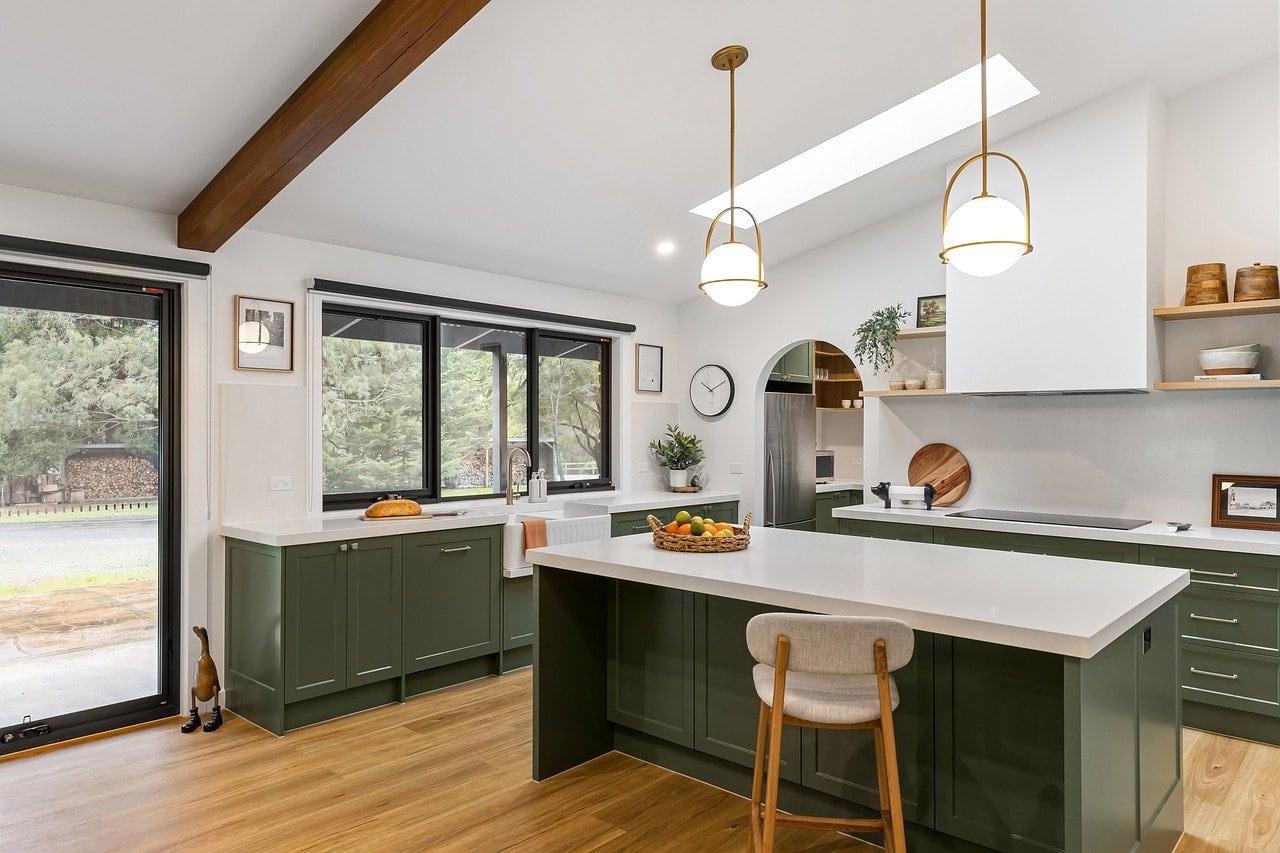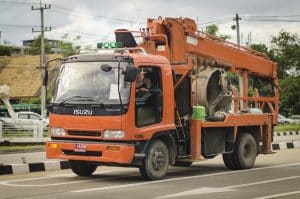Home Aviation: Drone Landing Pads and Hangars
Welcome to the world of Home Aviation! The rapid advancement of technology has opened up a new chapter in the world of aviation – drones. These unmanned aerial vehicles have become an essential tool in industries like photography, videography, agriculture, and surveying. As their popularity continues to rise, the need for proper infrastructure for drone operations has become crucial. That’s where drone landing pads and hangars come in. In this article, we will explore Home Aviation and the importance of having designated landing pads and hangars for drone operations.
The Rise of Home Aviation
Home Aviation, also known as consumer or civilian aviation, refers to the use of drones for personal or commercial purposes. The concept of Home Aviation has taken the world by storm, with more and more people investing in this technology. It’s not hard to see why – drones offer a lot of benefits, such as cost-effectiveness, ease of use, and efficiency.
With the rise of Home Aviation, there has also been a significant increase in the number of drones in use. According to the Federal Aviation Administration (FAA), the number of registered drones in the US alone has reached over 1.7 million as of March 2021. This figure is expected to continue growing as the technology becomes more accessible and affordable.
The Need for Drone Landing Pads and Hangars
Safe and Controlled Landing
One of the most critical factors in drone operations is safety. As drones fly at varying altitudes, a safe landing is crucial to prevent damage or accidents. Without designated landing pads, drones may land in unsafe locations such as rooftops or uneven terrain, increasing the risk of damage or loss of the drone.
By having designated landing pads, drones can safely land on a flat surface away from people and structures. It also allows for more controlled and precise landings, making it easier for the pilot to maneuver the drone to the intended location.
Protection from Weather
The weather can have a significant impact on drone operations. Drones cannot fly in extreme weather conditions, such as strong winds or heavy rain, which can damage the fragile equipment. In the absence of a hangar, drones may be left exposed to the elements, risking equipment damage and downtime.
Having a hangar provides protection from harsh weather conditions, keeping the drones safe and ready for operation. It also allows for necessary maintenance and repairs to be carried out without worrying about the weather affecting the equipment.
Security and Privacy
Drones are equipped with cameras, and without proper infrastructure, they can easily be used for invasion of privacy. By having designated areas for take-off and landing, drones can be kept away from private properties and sensitive areas, ensuring the privacy and security of individuals.
Similarly, hangars provide a secure storage space for drones, reducing the risk of theft or damage. It also prevents unauthorized access to the equipment, ensuring the safety of the valuable technology.
Types of Drone Landing Pads and Hangars
Drone landing pads and hangars come in various shapes, sizes, and materials, depending on the needs and preferences of the drone operator. Some common types of landing pads include helipads, portable landing pads, and custom-built landing pads.
Hangars, on the other hand, can be permanent structures, temporary tents, or even converted shipping containers. They can also come equipped with features like solar panels for charging and ventilation systems for temperature control.
The Future of Home Aviation
The demand for drones and Home Aviation is only expected to increase in the coming years. With advancements in technology, we can expect to see more sophisticated and capable drones being introduced, making them even more essential for various industries.
As Home Aviation continues to grow, it’s crucial that proper infrastructure, such as landing pads and hangars, is in place to support and regulate these operations. Investing in quality and well-designed landing pads and hangars not only benefits drone operators but also ensures the safety and privacy of the community.
Conclusion
Drones have become an integral part of Home Aviation, and their benefits cannot be denied. As we continue to see a rise in the use of drones, having designated landing pads and hangars is essential for safe, efficient, and responsible operations. It’s time to pave the way for the future of aviation with proper infrastructure for Home Aviation – drone landing pads, and hangars.



